How to Use Division Properties
[include_netrun_products_block from-products="product/6-south-carolina-sc-ready-grade-3-math-practice-tests/" product-list-class="bundle-products float-left" product-item-class="float-left" product-item-image-container-class="p-0 float-left" product-item-image-container-size="col-2" product-item-image-container-custom-style="" product-item-container-size="" product-item-add-to-cart-class="btn-accent btn-purchase-ajax" product-item-button-custom-url="{{url}}/?ajax-add-to-cart={{id}}" product-item-button-custom-url-if-not-salable="{{productUrl}} product-item-container-class="" product-item-element-order="image,title,purchase,price" product-item-title-size="" product-item-title-wrapper-size="col-10" product-item-title-tag="h3" product-item-title-class="mt-0" product-item-title-wrapper-class="float-left pr-0" product-item-price-size="" product-item-purchase-size="" product-item-purchase-wrapper-size="" product-item-price-wrapper-class="pr-0 float-left" product-item-price-wrapper-size="col-10" product-item-read-more-text="" product-item-add-to-cart-text="" product-item-add-to-cart-custom-attribute="title='Purchase this book with single click'" product-item-thumbnail-size="290-380" show-details="false" show-excerpt="false" paginate="false" lazy-load="true"]

A Step-by-step Guide to Using Division Properties
Here is a step-by-step guide on how to use some of the most important division properties:
Step 1: Division by Zero
Division by zero is undefined. This means that you cannot divide any number by zero. For instance, “5 divided by 0” is not a valid mathematical operation.
The Absolute Best Book for 4th Grade Students
Step 2: Zero Divided by Any Number
Zero divided by any nonzero number is zero. For instance, “0 divided by 5” is 0.
Step 3: Division of Positive and Negative Numbers
- If you divide two positive numbers or two negative numbers, the result is positive.
- If you divide a positive number by a negative number, or vice versa, the result is negative.
Step 4: Division is the Inverse Operation of Multiplication
If \(a=b \times c\), then \(b=\frac{a}{c}\) and \(c=\frac{a}{b}\). For instance, if \(6=2 \times 3\), then \(2=\frac{6}{3}\) and \(3=\frac{6}{2}\).
Step 5: Dividing by 1 and -1
- Any number divided by 1 is the number itself.
- Any number divided by \(-1\) is the negative of that number.
Step 6: Division of Fractions
When dividing fractions, you multiply the first fraction by the reciprocal of the second fraction. The reciprocal of a fraction is obtained by switching the numerator and the denominator. For example, when dividing \(\frac{2}{3}\) by \(\frac{1}{2}\), you multiply \(\frac{2}{3}\) by \(\frac{2}{1}\) (the reciprocal of \(\frac{1}{2}\)) to get \(\frac{4}{3}\).
Step 7: Distribution Over Addition and Subtraction
Division does not distribute over addition or subtraction. This means that \(\frac{a+b}{c}\) is not equal to \(\frac{a}{c}+ \frac{b}{c}\), and \(\frac{a-b}{c}\) is not equal to \(\frac{a}{c}-\frac{b}{c}\).
A Perfect Book for Grade 4 Math Word Problems!
Step 8: The Quotient Remainder Theorem
For any integers \(a\) and \(b\), with \(b > 0\), there exist unique integers \(q\) and \(r\) such that \(a = bq + r\) and \(0 ≤ r < b\). Here, \(q\)is the quotient and \(r\) is the remainder when \(a\) is divided by \(b\).
Step 9: Long Division
- This is a method of dividing large numbers. The steps are as follows:
- Divide: How many times does the divisor fit into the first part of the dividend?
- Multiply: Multiply the divisor by the result from step 1.
- Subtract: Subtract the result from step 2 from the first part of the dividend.
- Bring down: Bring down the next part of the dividend and repeat the steps until you have gone through the entire dividend.
- The final result is the quotient with any remainder.
These are some of the basic division properties and how to use them. Understanding these properties can make it easier to perform more complex mathematical operations. For education statistics and research, visit the National Center for Education Statistics.
The Best Math Books for Elementary Students For education statistics and research, visit the National Center for Education Statistics.
Related to This Article
More math articles
- How to Graph Quadratic Functions?
- Ace the Math Subtests of the ASVAB Test
- Full-Length DAT Quantitative Reasoning Practice Test
- 5th Grade TNReady Math Worksheets: FREE & Printable
- The Ultimate ISEE Upper Level Math Formula Cheat Sheet
- Finding the Area Between Two Rectangles
- AFOQT Math FREE Sample Practice Questions
- 7th Grade PARCC Math Worksheets: FREE & Printable
- ISEE Upper-Level Math FREE Sample Practice Questions
- How to Verify Inverse Functions by Composition?

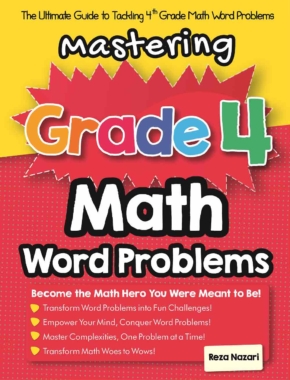

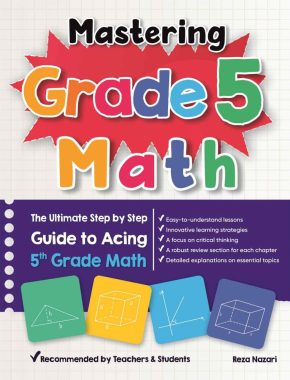

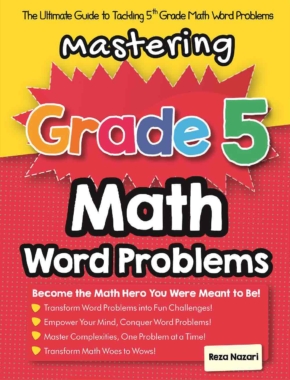
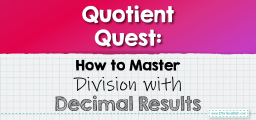

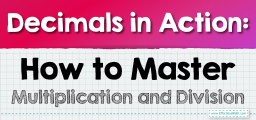

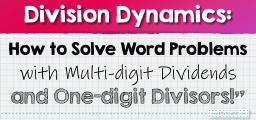


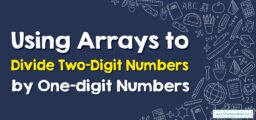
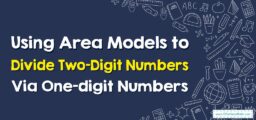

What people say about "How to Use Division Properties - Effortless Math: We Help Students Learn to LOVE Mathematics"?
No one replied yet.